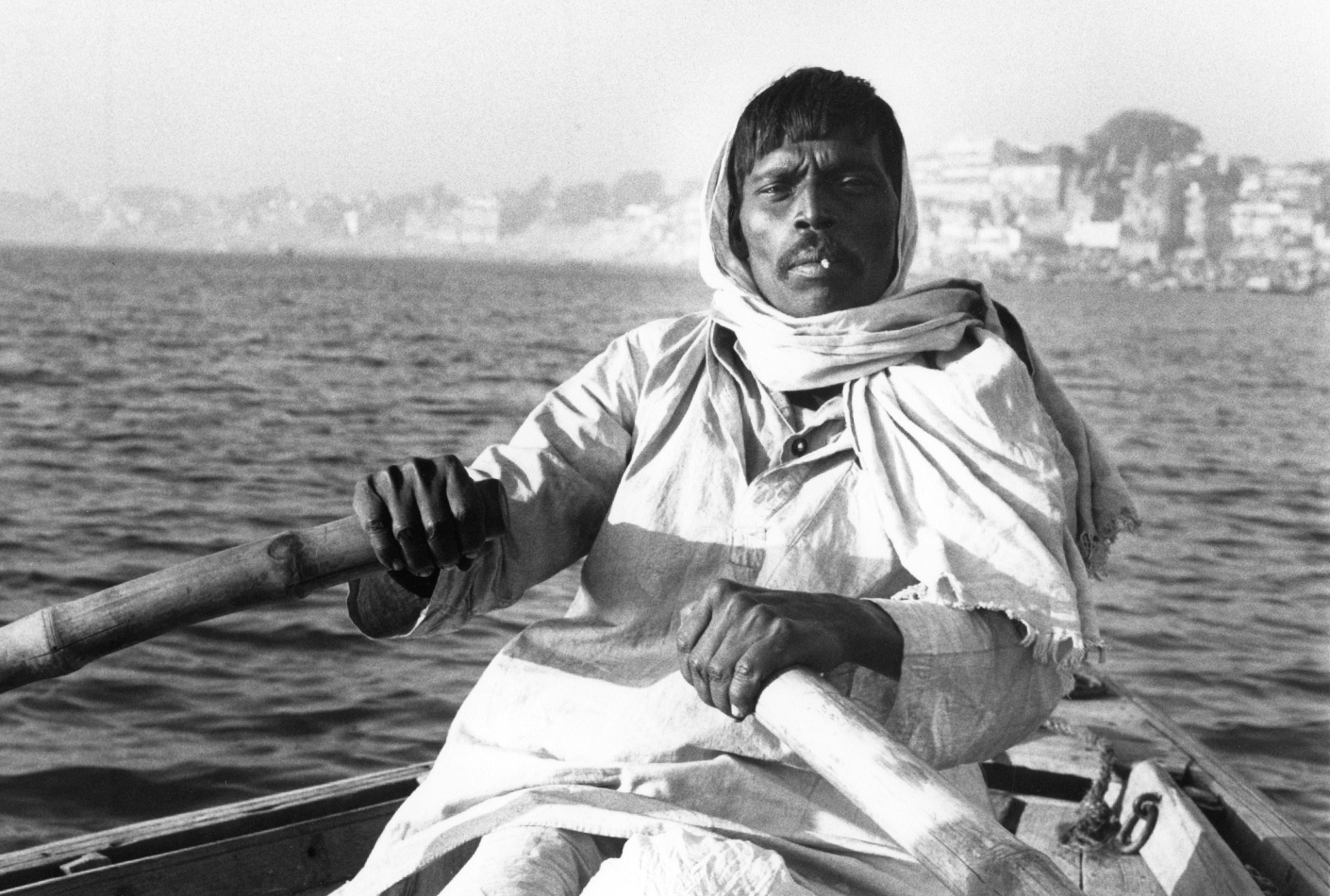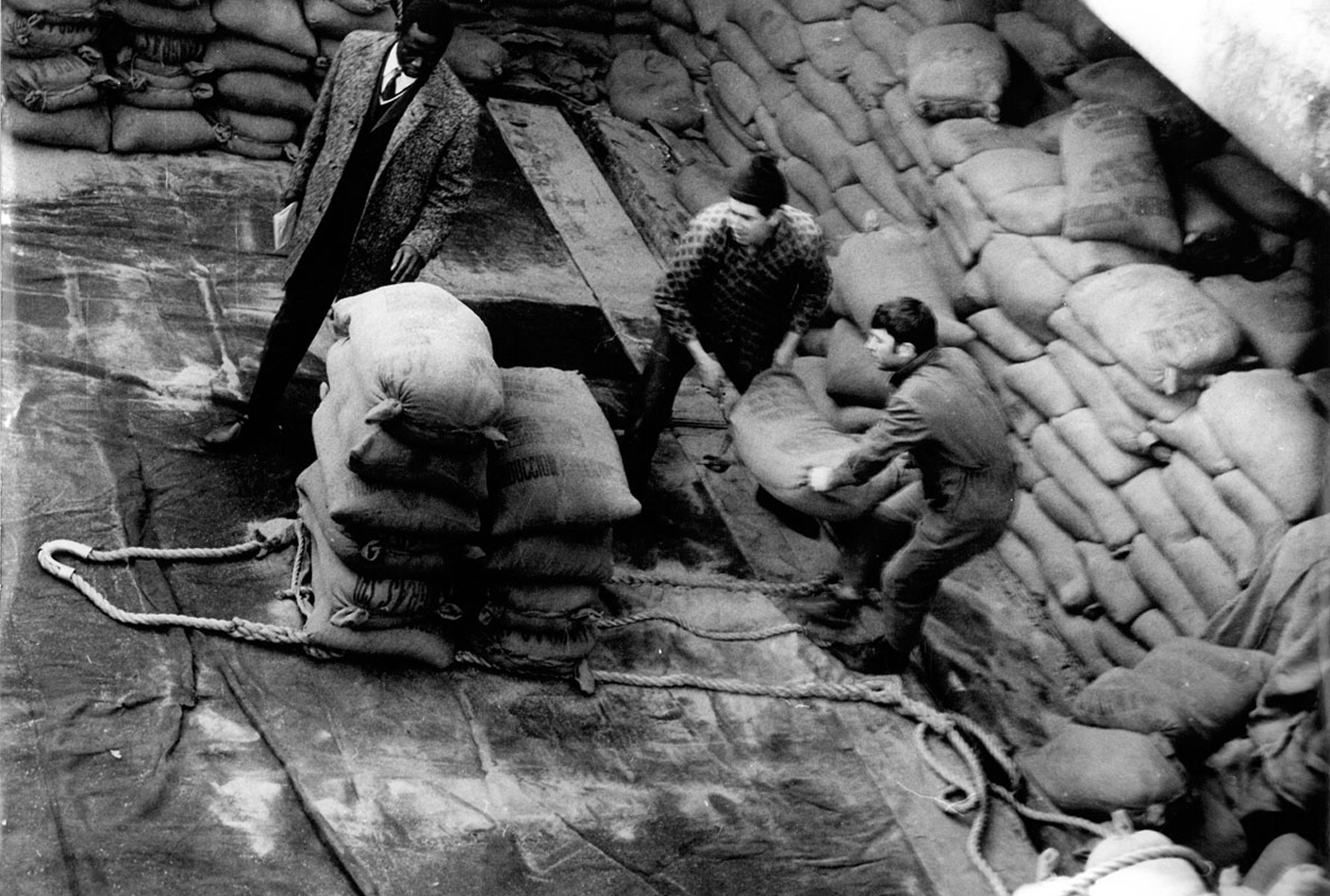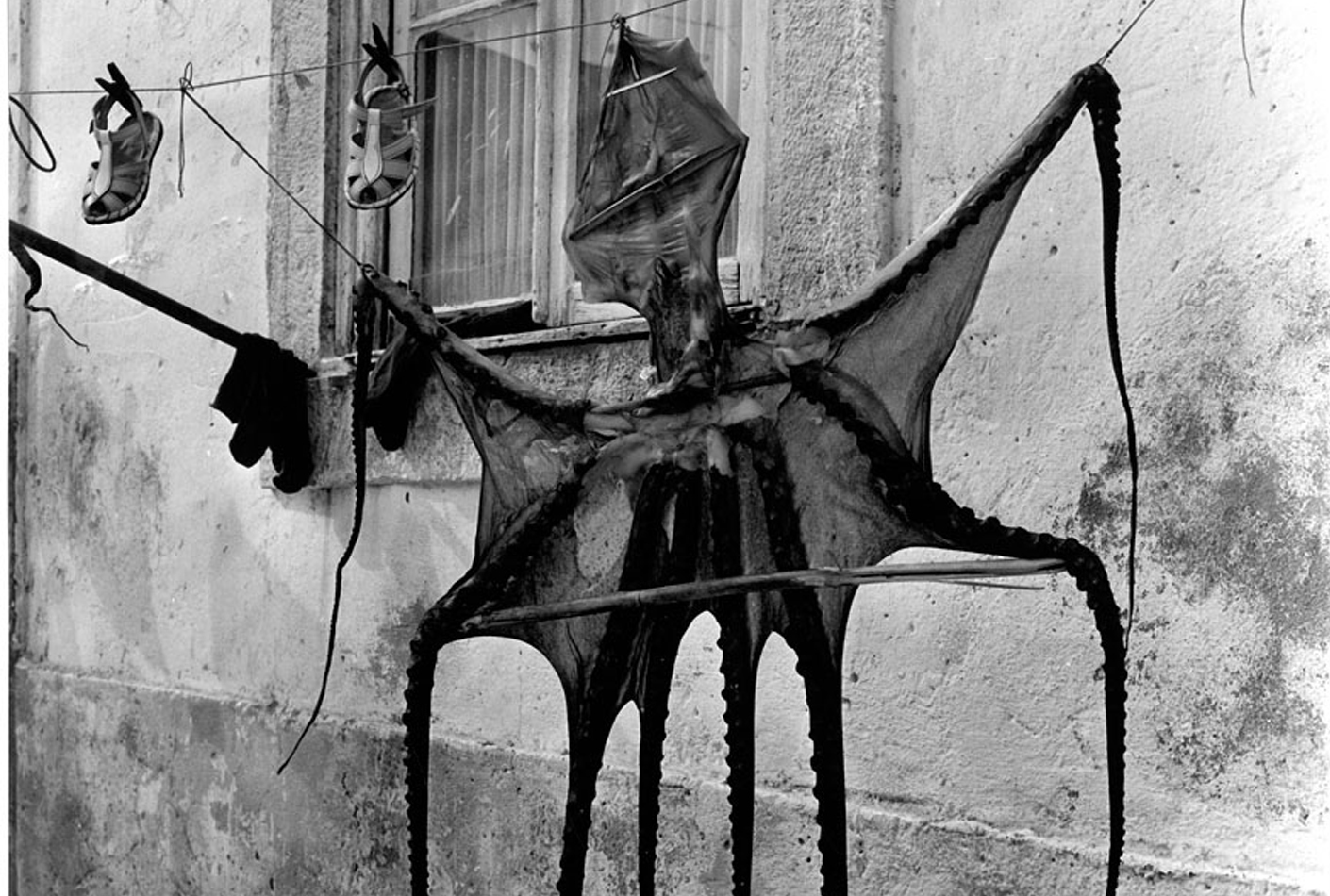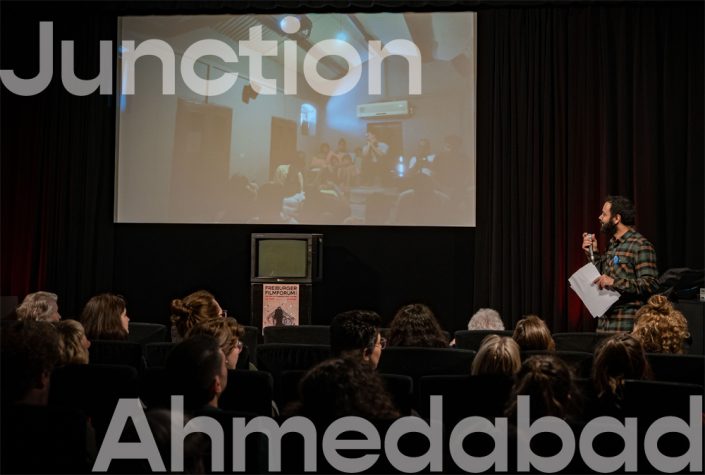30 Anniversary, A Review in Films
Black girl
Senegal | OmeU
 In his pioneering film the great Senegalese author and director explores the complex dynamics of the immediate post-colonial period through the simple, devastating story of a young woman. Diouana lives … read more
In his pioneering film the great Senegalese author and director explores the complex dynamics of the immediate post-colonial period through the simple, devastating story of a young woman. Diouana lives … read more
First Contact
Australia | original
 The Australian brothers Michael, Dan, and James Leahy were the first white people to go on an expedition from 1930 to 1934 to the uncharted mountainous area of New Guinea, … read more
The Australian brothers Michael, Dan, and James Leahy were the first white people to go on an expedition from 1930 to 1934 to the uncharted mountainous area of New Guinea, … read more
Forest of bliss
USA | OmeU
 “I thought that the audience would not simply wait for the mysteries to be dispelled but would come up with their own solutions, supply their own answers, and so, in … read more
“I thought that the audience would not simply wait for the mysteries to be dispelled but would come up with their own solutions, supply their own answers, and so, in … read more
Gbanga Tita
Belgium, France | OmU
 The Baka pygmies live in the rain forest of southern Cameroon. Lengé is the storyteller of his tribe. For seven minutes, the camera films the old man’s slightly swaying body … read more
The Baka pygmies live in the rain forest of southern Cameroon. Lengé is the storyteller of his tribe. For seven minutes, the camera films the old man’s slightly swaying body … read more
İQué viva México!
USA, USSR | OmU
 Sergei Eisenstein planned to make an opus magnum about Mexico and its culture. He wanted to capture the spirit of Mexico in a film with a prologue, four episodes, and … read more
Sergei Eisenstein planned to make an opus magnum about Mexico and its culture. He wanted to capture the spirit of Mexico in a film with a prologue, four episodes, and … read more
Photo Wallahs
Australia, England | OmeU
 Renowned ethnographic filmmakers David and Judith MacDougall explore the many meanings of photography in this profound and penetrating documentary. The film focuses on the photographers of Mussoorie, a hill station … read more
Renowned ethnographic filmmakers David and Judith MacDougall explore the many meanings of photography in this profound and penetrating documentary. The film focuses on the photographers of Mussoorie, a hill station … read more
The day of a casual dock worker
Germany | original
 “He gets up around five, when the man who is writing about him goes to bed.” This is how the author Hubert Fichte begins his story about the “casual dock … read more
“He gets up around five, when the man who is writing about him goes to bed.” This is how the author Hubert Fichte begins his story about the “casual dock … read more
The fish market and the fish
Germany | original
 This film shows pictures of daily life in the Portuguese fishing village Sesimbra, south of Lisbon, during Salazar’s dictatorship in 1964. Mau’s photographs of fish displayed in geometric patterns and … read more
This film shows pictures of daily life in the Portuguese fishing village Sesimbra, south of Lisbon, during Salazar’s dictatorship in 1964. Mau’s photographs of fish displayed in geometric patterns and … read more
Three Times Piparsod: Life in an Indian Village
France, India | original

It all began with the idea to initiate a cultural exchange: Two filmmakers, an Indian and a Frenchman, were to create their own personal take on the same subject. Both were given the same timeframe and the same technical conditions for the project. As an outsider, the view of the Frenchman remains on the surface of things: he portrays his initial impression of external appearances without preparation, without knowledge of the language. The camera becomes the instrument of this discovery and its “naïve” presentation. Raymond Depardon, reporter, photographer, and great filmmaker of the cinema direct is able to pull off this very difficult feat. His Indian counterpart is Saeed A. Mirza, who is familiar with the realities of life in India and has made a name for himself as a socially engaged filmmaker.
“The future of India lies in its villages,” Nehru once said. The village of Piparsod had already been researched for more than twenty years by the ethnologist Jean-Luc Chambard, whose KALAVATI, shot in 1961, became an initiative part of this trilogy. Chambard published the book Atlas d’un village indien – Piparsod, Madhya Pradesh in 1980, and the photographer Marie-Laure de Decker was also involved in this interdisciplinary project. The three parts of the trilogy are not screened chronologically, but in a movement from outside to inside. First a discovery without words, then a jump into social actuality and finally, like remembering, the ethnographic backstory.
PIPARSOD – KALAVATI OU L’ART D’ETRE FEMME EN INDE
Indien, Frankreich 1961 / 35 Min. / BetacamSP (von16mm) / OF
Regie, Kamera, Ton: Jean-Luc Chambard; Schnitt: Philippe Luzuy
KALAVATI follows the life of women, a life that consists mostly of work: fetching water, washing laundry, braiding each other’s hair, collecting fruit, and preparing food. They patch a house with clay, give the walls and courtyard a smooth coating, and artfully decorate the floor with white ornaments. The last third of the film documents two major celebrations in which women play an important role: the Holi festival and a service in the honor of a goddess.









